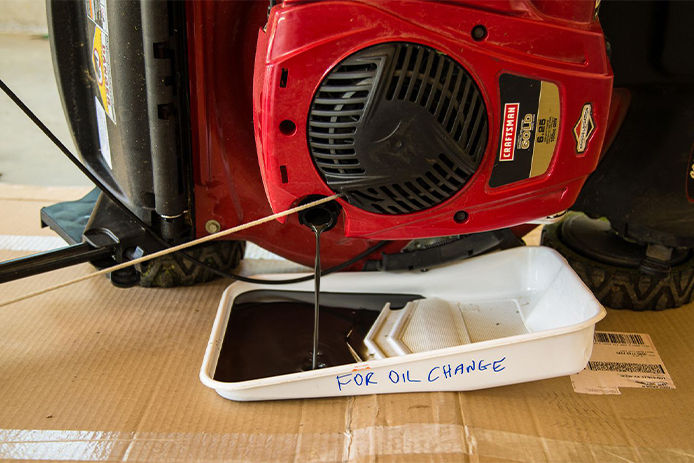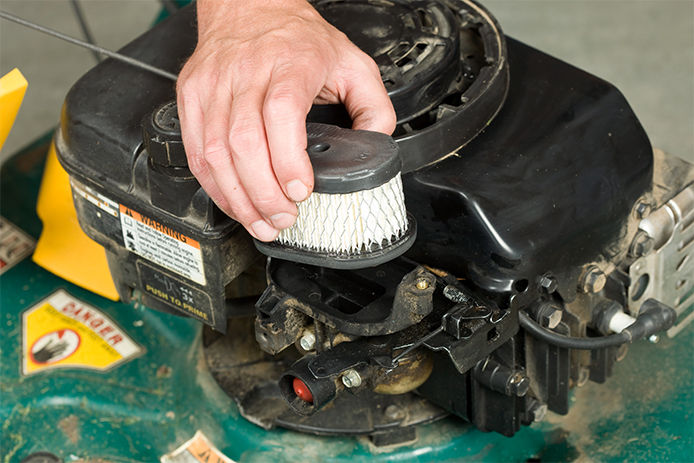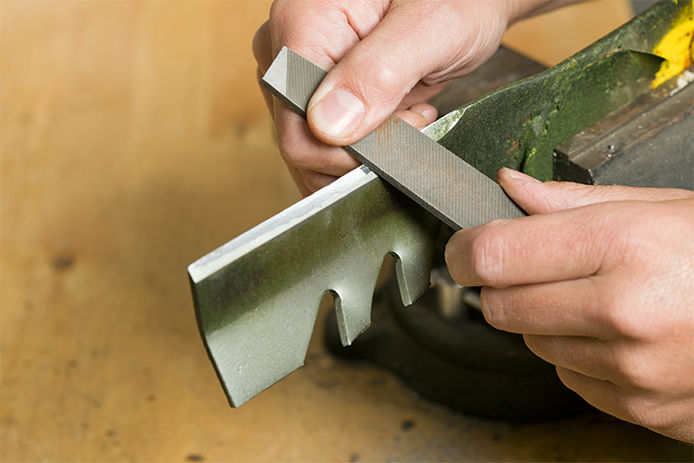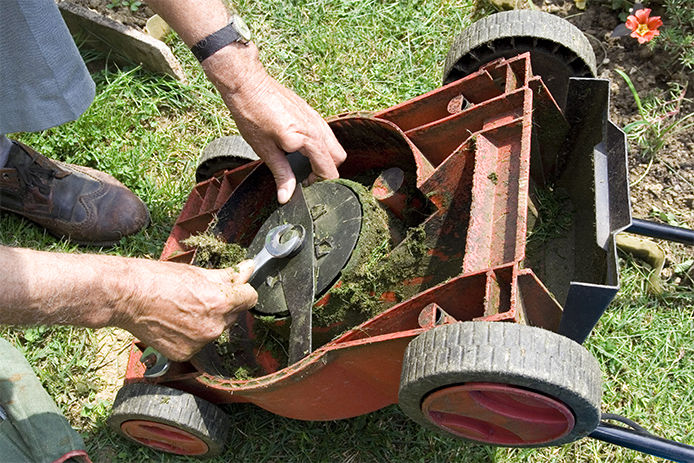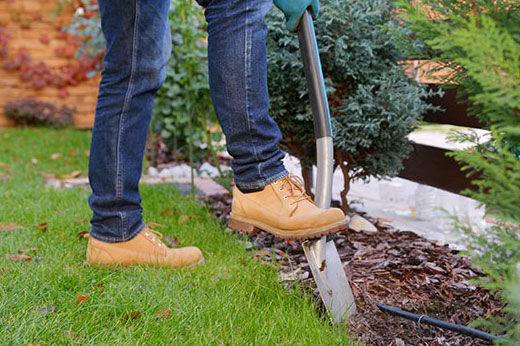Aside from this regular maintenance, always remove anything wrapped around the blades and use a fuel stabilizer in your gas. This can really extend the shelf life of your fuel. Winterize your mower by emptying out all the old fuel at the end of your mowing season. Replace your spark plugs at the beginning of the season for optimized performance. If you follow these simple steps for regular maintenance, you can be sure to enjoy a long and productive relationship with your mower.
While do-it-yourself projects can be fun and fulfilling, there is always a potential for personal injury or property damage. We strongly suggest that any project beyond your abilities be left to licensed professionals such as electricians, plumbers, and carpenters. Any action you take upon the information on this website is strictly at your own risk, and we assume no responsibility or liability for the contents of this article.

